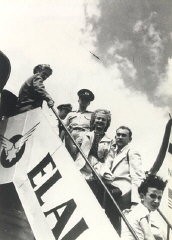You searched for: google优化开户霸屏靠谱【TG飞机:@bapingseo】谷歌留痕转码推广【TG电报:@bapingseo】社区店引流推广的方法【Telegram:@bapingseo】2022世界杯视频MGM官方网址?9VcARE/d5CkBD.html
<< Previous | Displaying results 101-110 of 320 for "google优化开户霸屏靠谱【TG飞机:@bapingseo】谷歌留痕转码推广【TG电报:@bapingseo】社区店引流推广的方法【Telegram:@bapingseo】2022世界杯视频MGM官方网址?9VcARE/d5CkBD.html" | Next >>
-
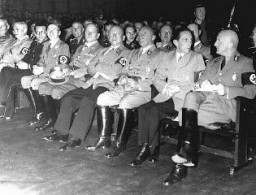
-
Walter Marx
ArticleRead the Jewish Partisan Educational Foundation's short biography of Walter Marx.
-
Timeline of Events
TimelineExplore a timeline of events that occurred before, during, and after the Holocaust.

-
Jews in Prewar Germany
SeriesLearn about Jewish life in Germany and Europe before WWII, antisemitic laws, and Nazi violence and discrimination against the Jews of Germany.
-
German invasion of Norway and the naval war
FilmGermany invaded Norway on April 9, 1940, simultaneously attacking Norway's coastal cities from Narvik in the far north to Oslo in the south. Despite Allied naval superiority, German naval forces played an important role in the campaign. This footage shows German naval units sailing towards Norway in rough seas. German victory in Norway secured access to the North Atlantic for the German navy, especially the submarine fleet, and safeguarded transports of Swedish iron ore for Germany's war industry.
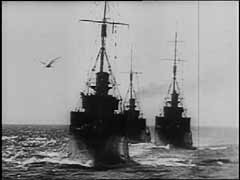
-
Fall of Warsaw
FilmGerman troops reached parts of Warsaw on September 8 and 9, 1939. During the German siege of Warsaw, the city sustained heavy damage from air attacks and artillery shelling. Warsaw surrendered on September 28. Here, German troops occupy Warsaw. This footage comes from "Tale of a City," a film made by a Polish underground film unit.
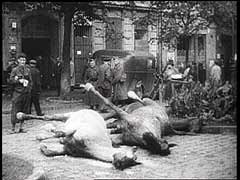
-
German presence in Copenhagen, Denmark
FilmDenmark signed a nonaggression pact with Germany in 1939, hoping to maintain neutrality as it had in World War I. Germany, however, broke the agreement on April 9, 1940, when it occupied Denmark. King Christian X remained on the throne, and the Danish police and government reluctantly accepted the German occupation. This footage shows the German presence in the occupied Danish capital, Copenhagen. In 1943, as German policies towards Denmark toughened, the Danes would form one of the most active and…
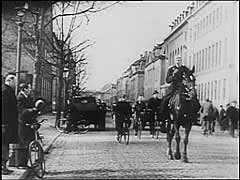
-
Chief Prosecutor Benjamin Ferencz presents evidence during the Einsatzgruppen Trial
PhotoChief Prosecutor Benjamin Ferencz presents evidence during the Einsatzgruppen Trial, Case #9 of the Subsequent Nuremberg Proceedings. Ferencz is flanked by German defense lawyers Dr. Friedrich Bergold (right, counsel for Ernst Biberstein) and Dr. Rudolf Aschenauer (left, counsel for Otto Ohlendorf), who are protesting the introduction of certain documents as evidence.
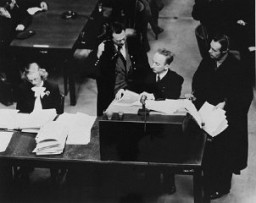
-
Auschwitz I camp, 1944
MapSelected Features 1. Camp Commandant's House 2. Main Guard House 3. Camp Administrative Office 4. Gestapo 5. Reception Building/Prisoner Registration 6. Kitchen 7. Gas Chamber and Crematorium 8. Storage Buildings and Workshops 9. Storage of Confiscated Belongings 10. Gravel Pit: Execution Site 11. Camp Orchestra Site 12. "Black Wall" Execution Site 13. Block 11: Punishment Bunker 14. Block 10: Medical Experiments 15. Gallows 16. Block Commander's Barracks 17. SS Hospital

-
Amalie and Norman Salsitz go to Israel
PhotoAmalie and Norman Salsitz go to Israel to visit family members. Lod (Lydda), Israel, February 9, 1949. With the end of World War II and collapse of the Nazi regime, survivors of the Holocaust faced the daunting task of rebuilding their lives. With little in the way of financial resources and few, if any, surviving family members, most eventually emigrated from Europe to start their lives again. Between 1945 and 1952, more than 80,000 Holocaust survivors immigrated to the United States. Norman was one of…
